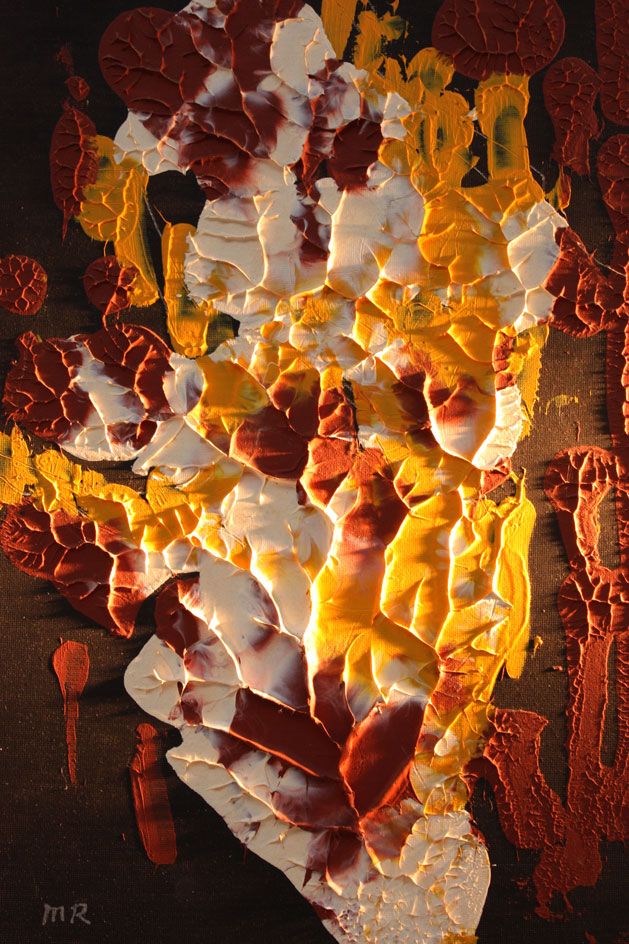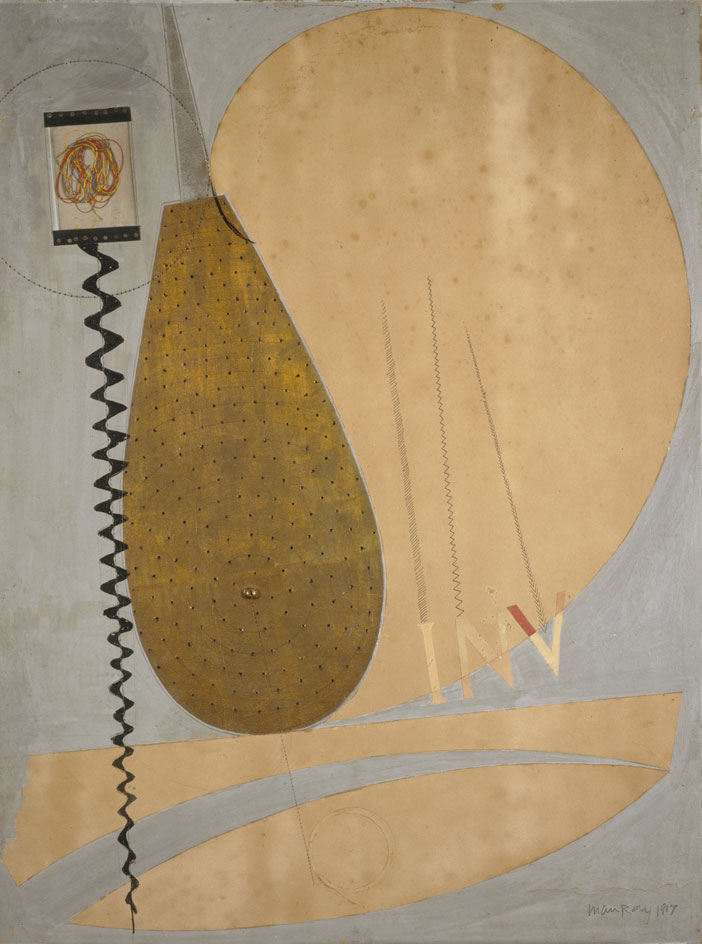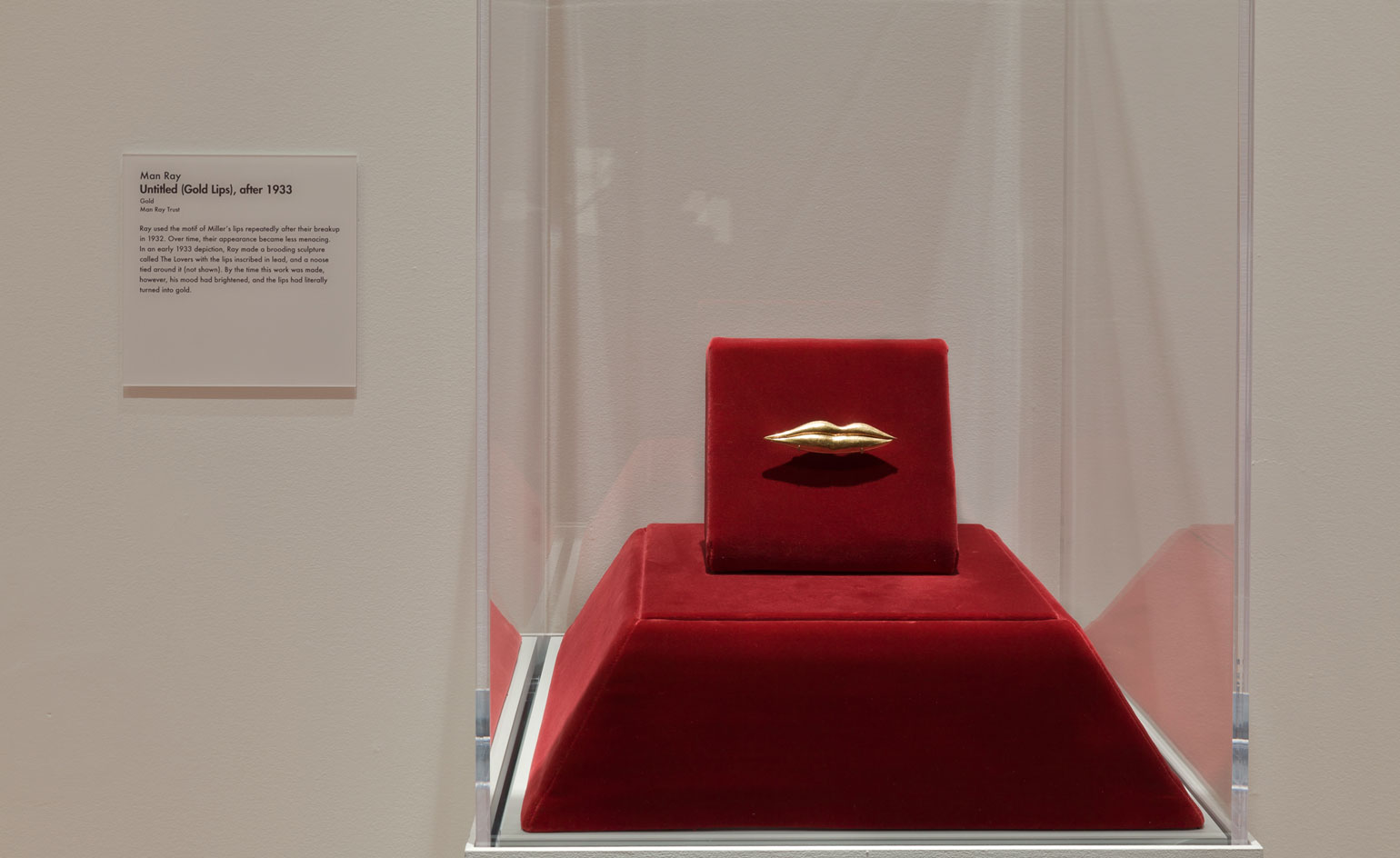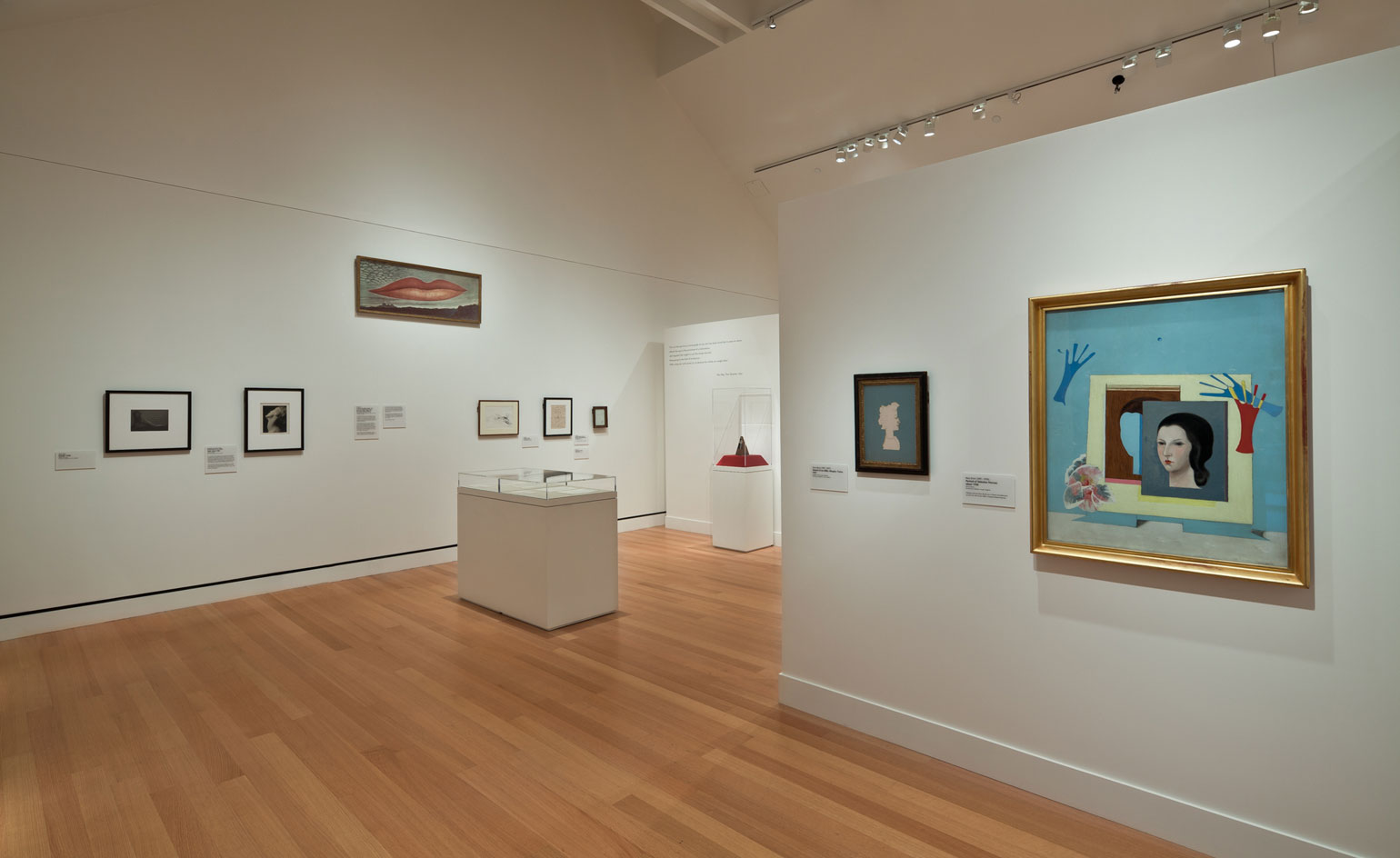The power of Man Ray: photographer, artist, visionary

It seems unlikely that Michael Emmanuel Radnitzky – born in 1890 in Philadelphia, but a Parisian by inclination – would have achieved quite the same name recognition had he not adopted the tag Man Ray. He might, though, have still hobnobbed with both Duchamp and the surrealists, taken portraits of Europe's art elite and then Hollywood stars and, along the way, had a famous relationship with Lee Miller and helped establish photography as a legitimate and powerful artistic medium (even if he remained unconvinced of that). He was 20th century art's de facto official photographer – particularly of the creative swirl, nodes and networks of Paris between the wars – but as active participant rather than neutral outsider.
Ray had started out as painter and collaborated with Duchamp in New York before decamping to Paris in 1921. There, in a series of remarkable portraits and sort-of-still-lives, and using extreme crops, props, photomontage and experimental lighting and printing (particularly with his X-ray-like 'rayographs' of found objects), he took photography to new places. He shot Duchamp, Hemingway, Schoenberg, Joyce, Picasso, Peggy Guggenheim, Cocteau, Stravinsky, Matisse, Magritte, Miro, Dali, Schiaparelli, Coco Chanel, Virginia Wolf, Le Corbusier, Ava Gardner, Catherine Deneuve and – an iconic and enduring series and subset – the dazzling and thoroughly modern Ms Miller. He died in Paris in 1976, aged 86.
Incidentally, William Wegman, in tribute, named the first and most famous of his weimaraners Man Ray. Look out for much more on him in our October issue.

Born Michael Emmanuel Radnitzky in Philadelphia in 1890 (but a Parisian by inclination), it seems unlikely that he would have achieved quite the same name recognition had he not adopted the ubiquitous tag. Pictured: Involute, 1917. Photography: Antonio Reeve. Courtesy of National Galleries of Scotland
![La Volière [Aviary], 1919](https://cdn.mos.cms.futurecdn.net/v4PBKvpCqUEMrskXVFhGtX.jpg)
Man Ray hobnobbed with both Duchamp and the surrealists, took portraits of Europe's art elite and then Hollywood stars, and helped establish photography as a legitimate and powerful artistic medium (even if he remained unconvinced of that). Pictures: La Volière [Aviary], 1919. Photography: Antonio Reeve. Courtesy of National Galleries of Scotland

He was 20th century art's de facto official photographer…. Pictured: 'Man Ray/Lee Miller: partners in surrealism' exhibition at the Peabody Essex Museum, MA. Photography: Kathy Tarantola for the Peabody Essex Museum

… but as active participant rather than neutral outsider. Pictured: 'Man Ray/Lee Miller: partners in surrealism' exhibition at the Peabody Essex Museum, MA. Photography: Kathy Tarantola for the Peabody Essex Museum

Man Ray died in Paris in 1976, aged 86 – though his name lives on not only in his art, but as the moniker of William Wegman's first weimaraner. Pictured: Gold Lips, produced after 1933, on view at the 'Man Ray/Lee Miller: partners in surrealism' exhibition at the Peabody Essex Museum, MA. Photography: Kathy Tarantola for the Peabody Essex Museum
Wallpaper* Newsletter
Receive our daily digest of inspiration, escapism and design stories from around the world direct to your inbox.
-
 All-In is the Paris-based label making full-force fashion for main character dressing
All-In is the Paris-based label making full-force fashion for main character dressingPart of our monthly Uprising series, Wallpaper* meets Benjamin Barron and Bror August Vestbø of All-In, the LVMH Prize-nominated label which bases its collections on a riotous cast of characters – real and imagined
By Orla Brennan
-
 Maserati joins forces with Giorgetti for a turbo-charged relationship
Maserati joins forces with Giorgetti for a turbo-charged relationshipAnnouncing their marriage during Milan Design Week, the brands unveiled a collection, a car and a long term commitment
By Hugo Macdonald
-
 Through an innovative new training program, Poltrona Frau aims to safeguard Italian craft
Through an innovative new training program, Poltrona Frau aims to safeguard Italian craftThe heritage furniture manufacturer is training a new generation of leather artisans
By Cristina Kiran Piotti